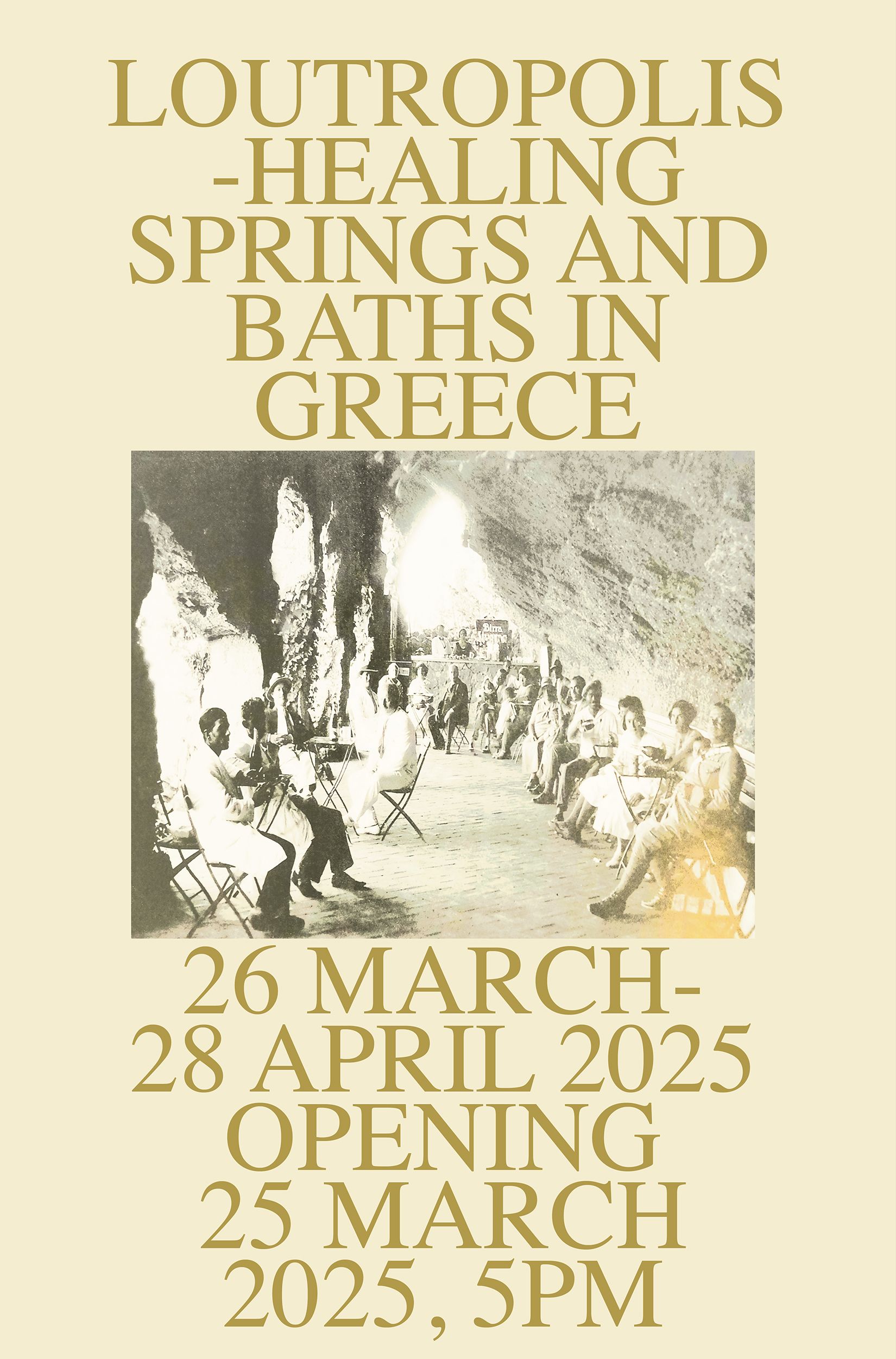
Loutropolis - Mineral Springs and Baths in Greece
"Perhaps no country in the world possesses a greater abundance of mineral waters than Greece, nor is there any country in which they are less known," wrote Frederick Strong, the English consul to Bavaria and Hannover in Athens, in his 1842 book Greece as a Kingdom.
The scientific analysis of mineral springs, rocks, and soil in Greece in the late nineteenth century led to a new understanding of the country’s landscape and resources: its airs, waters, and places. In a process of conceptual mineralization, the terrain was documented as a broad chemical network with healing properties. Doctors, chemists, and geologists constructed knowledge through fieldwork, laboratory studies, and treatises. From geochemical evaluation to proposals for actual buildings, minerals such as sodium chloride, magnesium, and sulfates became the impetus for a major construction endeavor. Greek Thermalism - a nationwide taking of the waters – peaking in the interwar and postwar eras. The state sought to take care of its citizens through the promotion of natural treatments for a wide range of medical symptoms. State-funded bathing towns at hot springs known as Loutropolis emerged across the country with corresponding buildings: hydroclinics. Tourism flourished in these new urban centers; the water bottling industry, roads, railway networks, and other infrastructures grew around them.
This exhibition explores the significance of this movement by re-enacting two pivotal historic moments: Greece’s display at the 1878 Paris World Fair with Pericles House where Section V, among various ground specimens featured bottles of mineral spring waters. For the financially struggling new Greek state, mineral resources symbolized progress and potential, subject to the scrutiny of the Great Powers. The second re-enactment is of Room No. 7 from the 1938 Hygiene Exhibition held during the Metaxas dictatorship. This exhibition reflected the Greek state's organized efforts to promote its mineral-rich sites as international destinations for hydrotherapy and leisure tourism in the 1930’s.
This exhibition brings together rare books, posters, postcards, and historic maps alongside architectural fragments, accounting records, and various artifacts collected by Xynogala during her fieldwork - culminating in a diverse display that also includes a water bar: it contains mineral spring waters collected over the course of four years. Presented are also actions by "Friends of the 750 Mineral Springs of Greece" a non-profit association dedicated to the maintenance and preservation of an often-overlooked natural resource and cultural heritage.
In an earlier iteration the exhibition was presented at gta exhibitions in collaboration with Niels Olsen and Fredi Fischli.
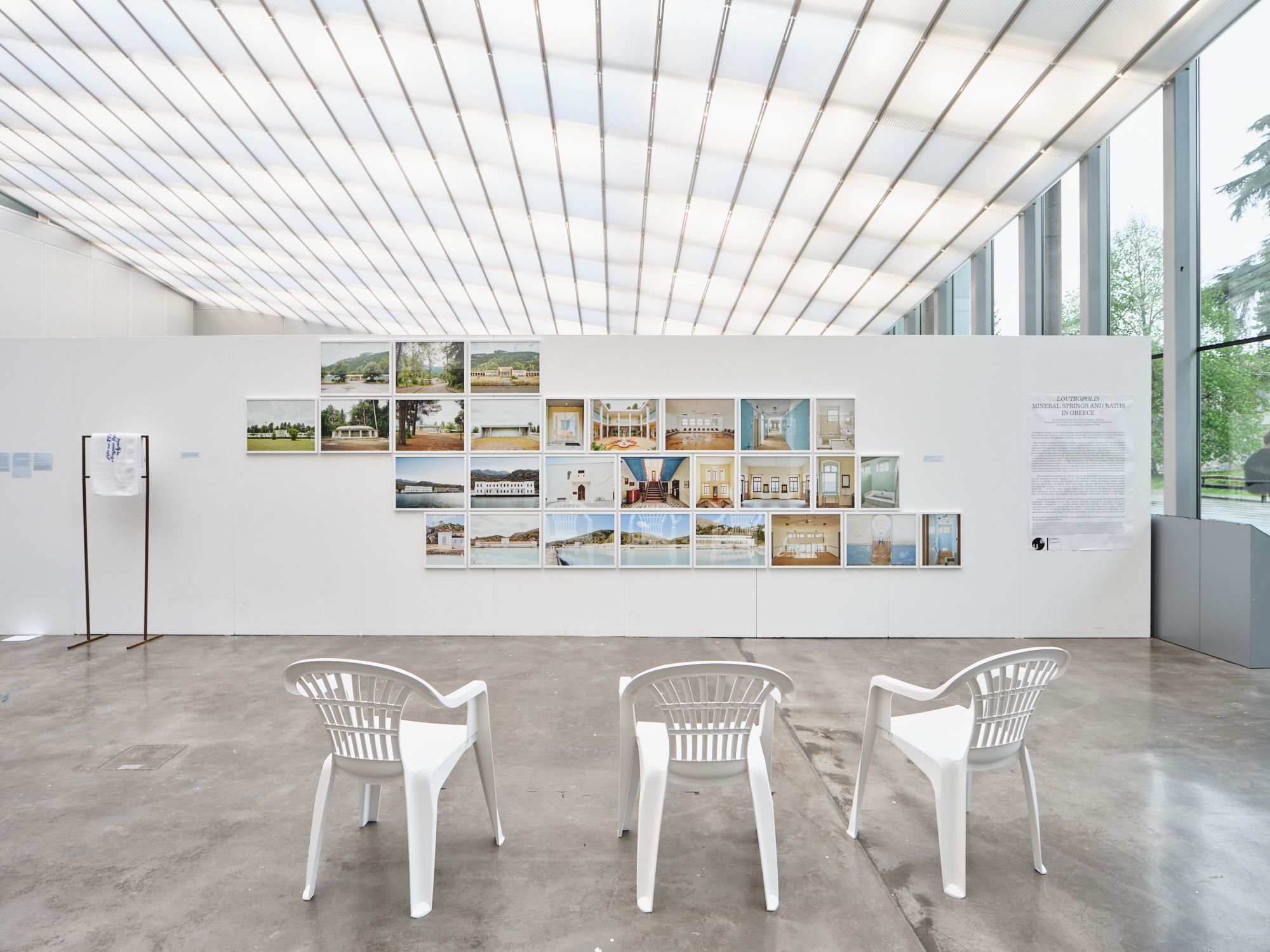
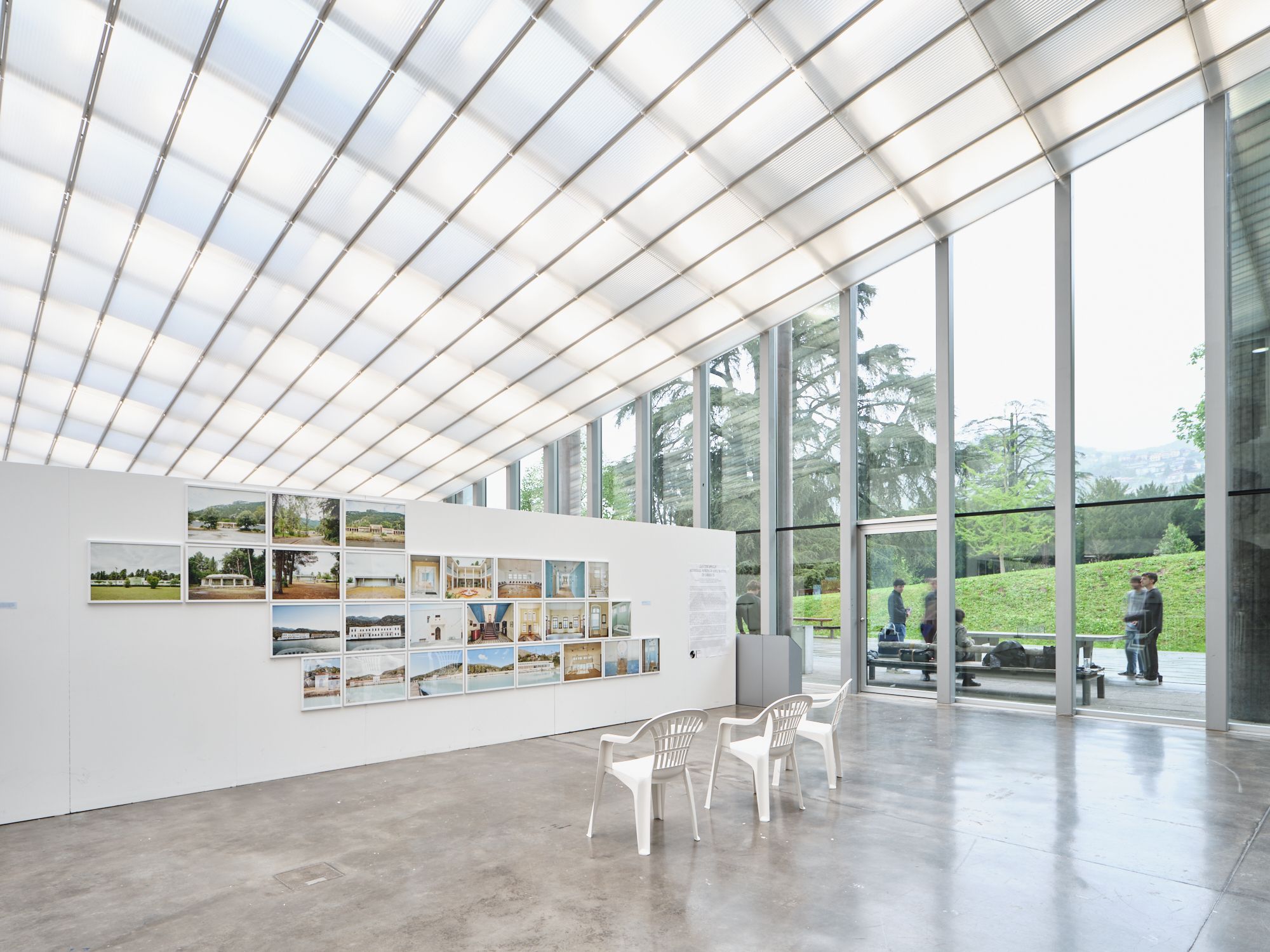
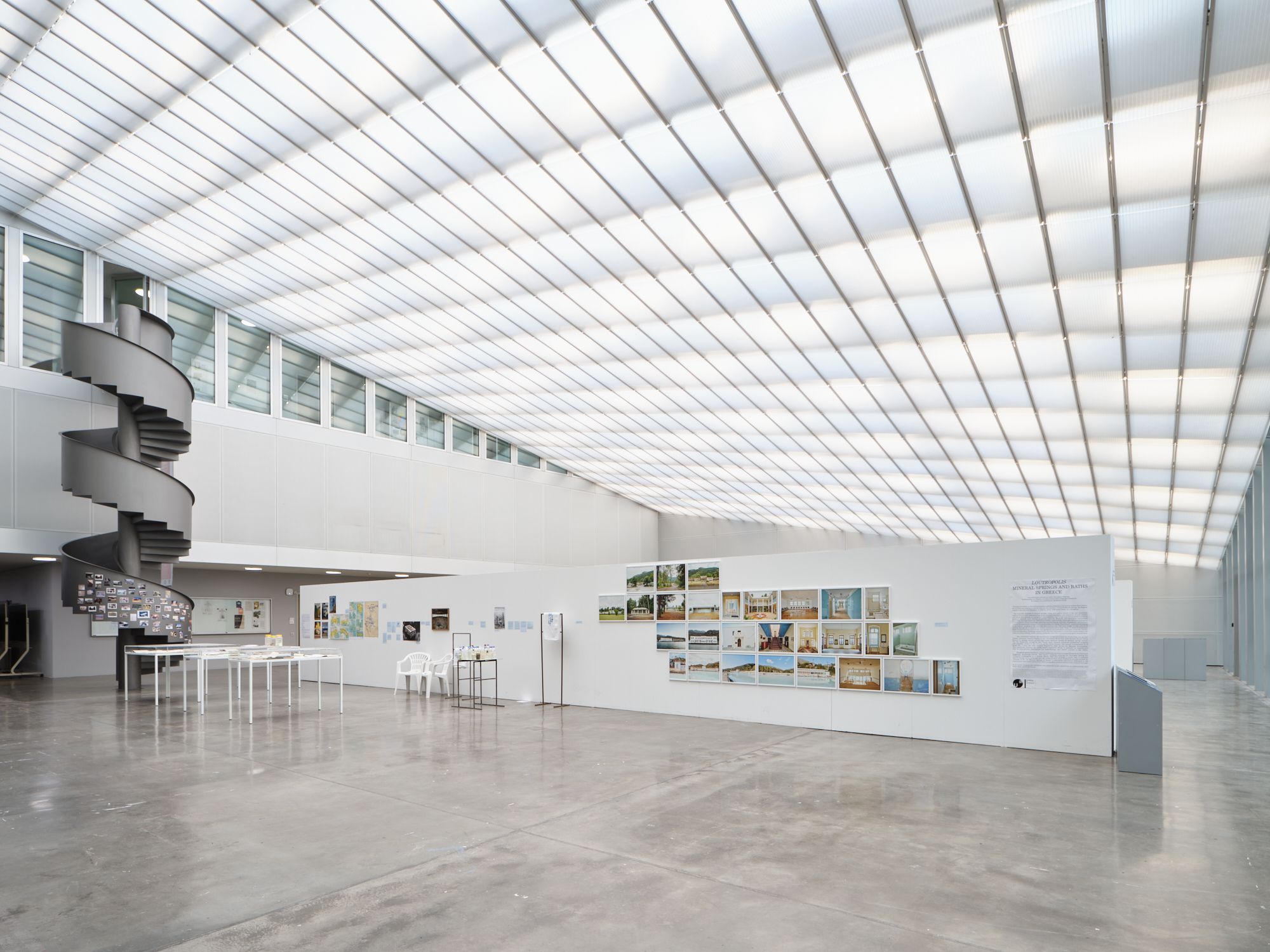
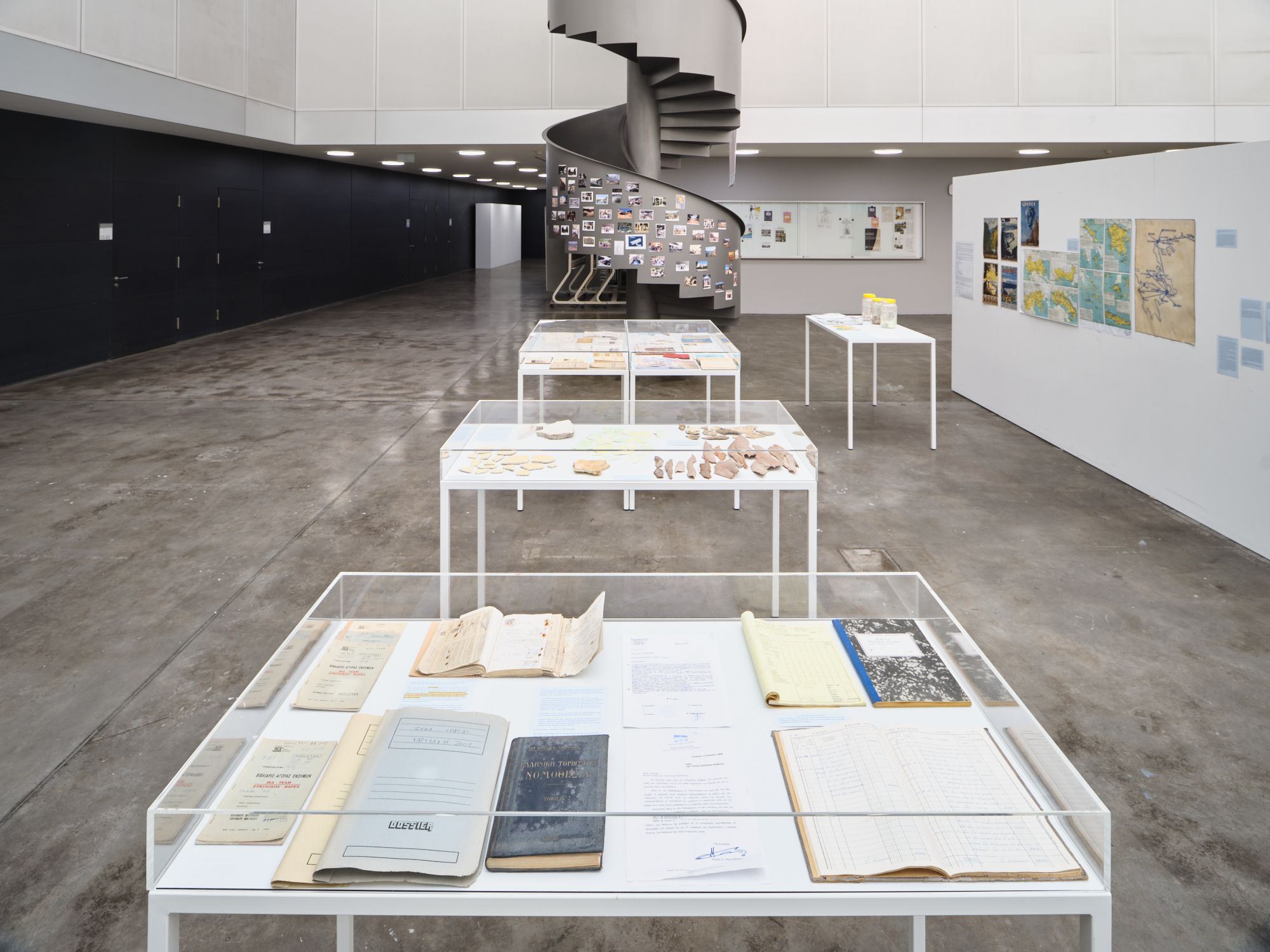
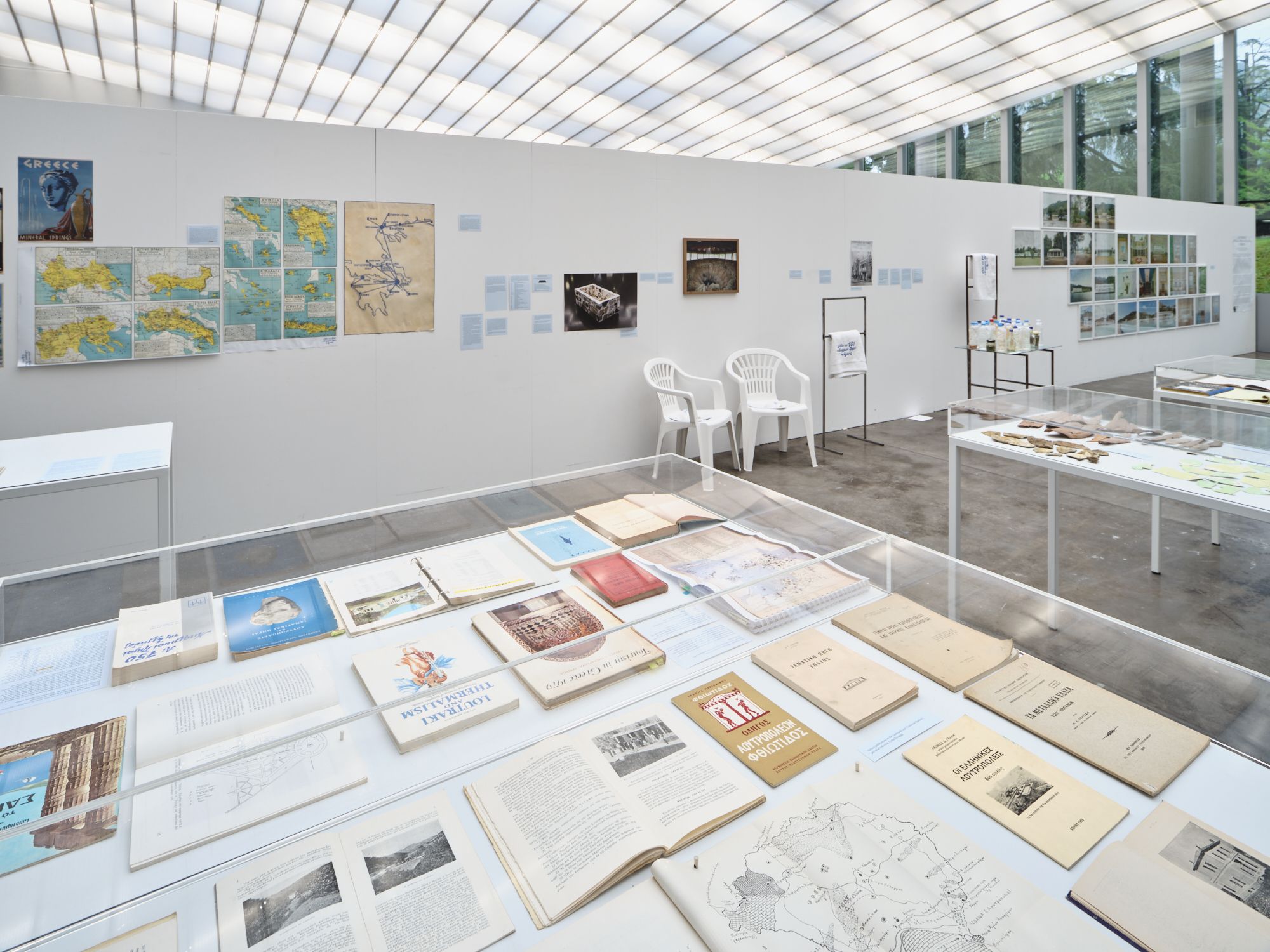
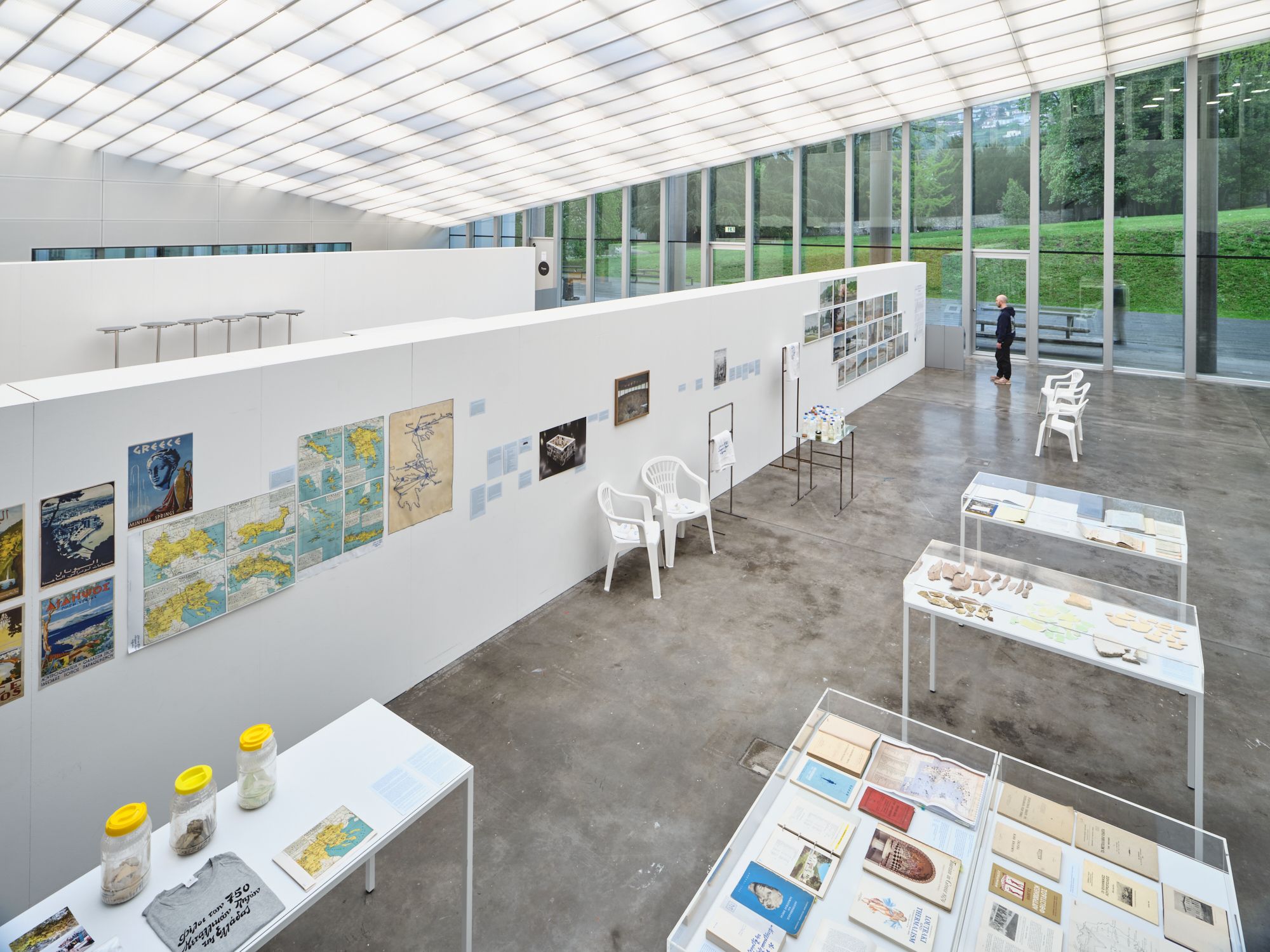
Images credits: Tobias Wootton